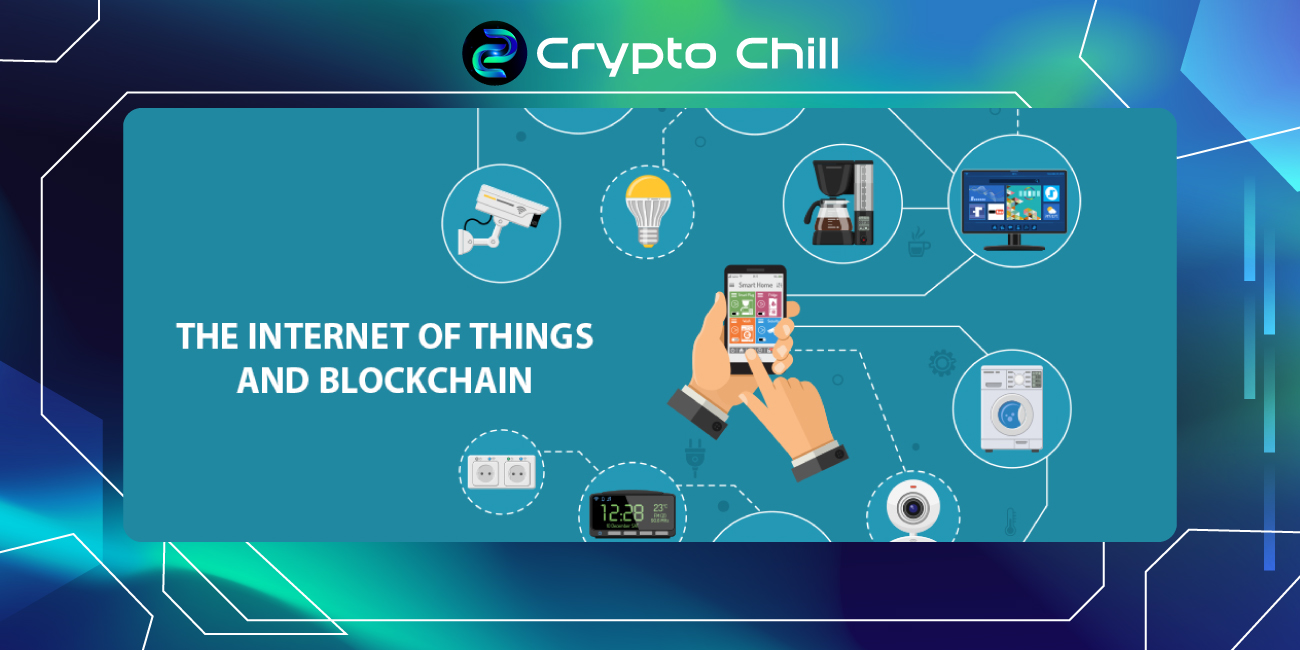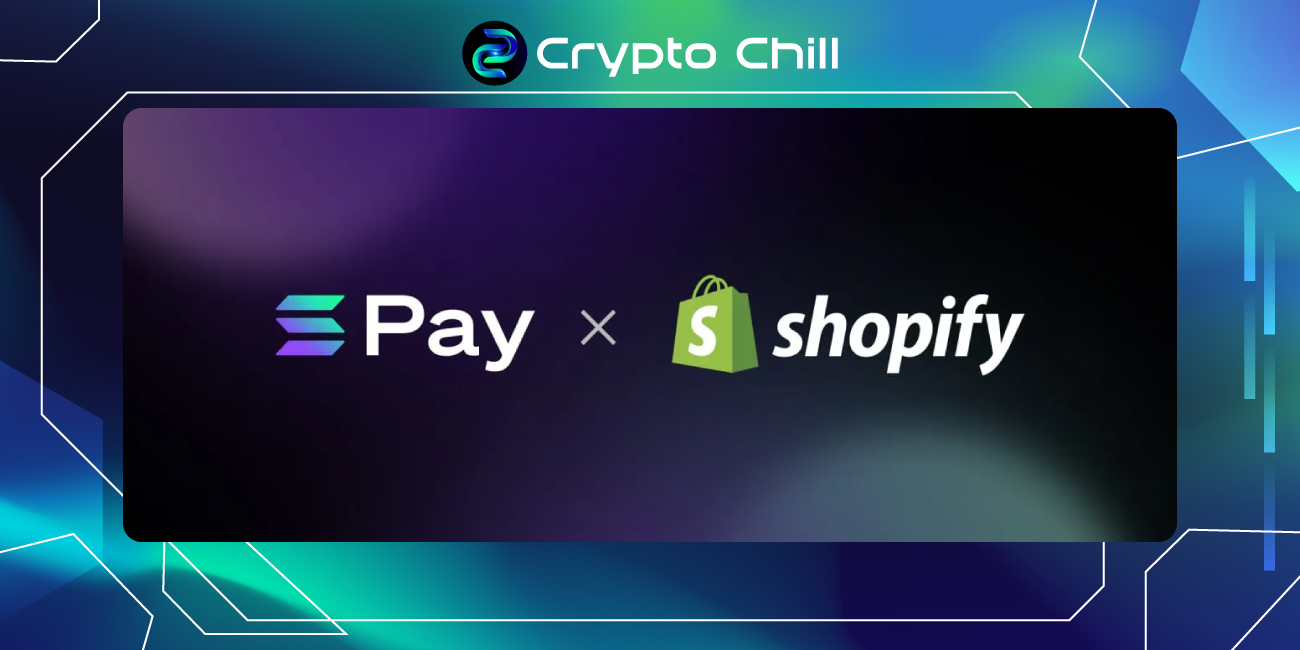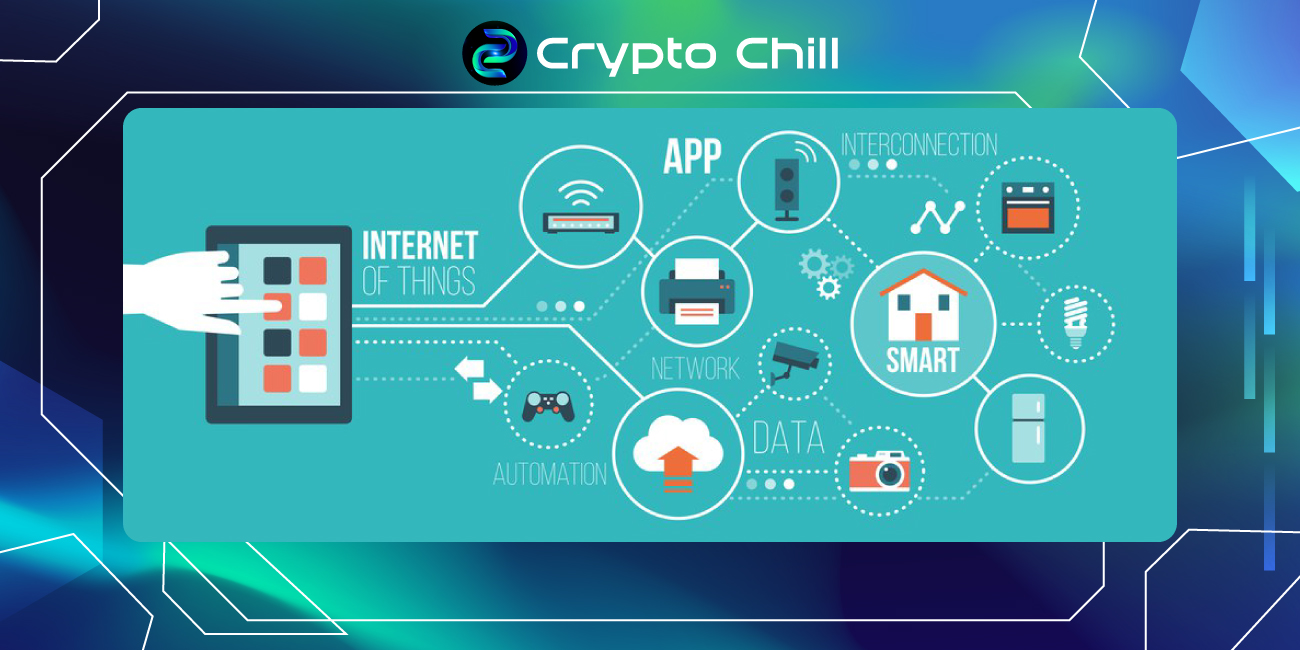Blockchain technology has evolved rapidly since the inception of Bitcoin in 2009, setting the stage for a compelling narrative. Over time, the market has reached astonishing heights, with a total valuation once hitting $3 billion and the emergence of numerous blockchain platforms.
Blockchain platforms serve as the infrastructure where decentralized applications (dApps) and solutions are built to meet the needs of individuals and businesses. The proliferation of these platforms has fostered healthy competition, driving robust technological advancements.
However, a significant challenge arises: these blockchain platforms often do not interact with each other. Assets cannot freely move between them, data transmission is cumbersome, and liquidity is fragmented. These issues have posed substantial obstacles for users.
While bridges have emerged to address the asset transfer problem between chains, they still have limitations, particularly concerning data communication and security. To overcome these challenges, a new technology and concept known as the Internet of Blockchain (IoB) has emerged, initially introduced by Cosmos.
Cosmos and the Birth of Internet of Blockchain
Cosmos published its whitepaper in 2016, and this network was early on regarded as the Internet of Blockchain by its creators, who aimed to create an interactive platform for open source blockchain chains to seamlessly transact with one another.
Since the advent of blockchain technology, interoperability has posed a significant challenge for developers. Interoperability refers to the ability of different systems to communicate. Initially, standalone structures were created, much like in the case of a designated blockchain. However, it is essential to make these systems communicate. Otherwise, they remain underutilized and can be a hindrance to technology adoption.
Cosmos was the first entirely free platform that allowed interoperability among various systems, including Terra, Cronos, Canto, Injective, Kava, THORChain, Osmosis, and more.

Subsequently, another Internet of Blockchain platform emerged: Polkadot. This project focuses on security and scalability with a novel business model. Upon its Mainnet launch, Polkadot garnered significant community attention, but limitations in the number of chains that could be built and high auction costs have prompted ongoing efforts to secure a prominent position in the market.
Following both Cosmos and Polkadot, Avalanche came into play. Initially, Avalanche was a conventional Layer 1 blockchain, but rapid ecosystem growth and infrastructure challenges led to high transaction fees. Leveraging its Internet of Blockchain technology, Avalanche introduced Subnets, which operate more smoothly and efficiently.
Defining the Internet of Blockchain
The term “Internet of Blockchain” is not an official term in the blockchain space. It’s a descriptive term that combines blockchain technology with the Internet of Things (IoT). There is no official consensus or definition from the blockchain community regarding the scope of this term. However, it is commonly used to refer to a complex blockchain ecosystem where multiple blockchains are interconnected to form a larger blockchain network.
The purpose of connecting these blockchains is to improve interaction, enhance trust, and bolster the security of information and data transmission within the blockchain network. It also enables decentralized applications to operate on multiple blockchains simultaneously, reducing costs and enhancing scalability across the entire system.
Currently, projects like Polkadot, Cosmos, and Avalanche are actively working on Internet of Blockchain solutions to connect various blockchains and address compatibility issues among them.
Conclusion
The Internet of Blockchain represents a pivotal concept in the blockchain industry’s evolution. It offers the potential to create a more interconnected and efficient blockchain ecosystem. As projects continue to develop IoB solutions, the vision of a seamlessly integrated blockchain network that enhances interaction, trust, and scalability is inching closer to reality. Stay tuned for Part 2, where we will delve deeper into the pros and cons of the Internet of Blockchain.
Disclaimer: The information in this article is not investment advice from CryptoChill. Overall, cryptocurrencies always carry many financial risks. Therefore, do your own research before making any investment decisions based on this website’s information.









No Comment! Be the first one.